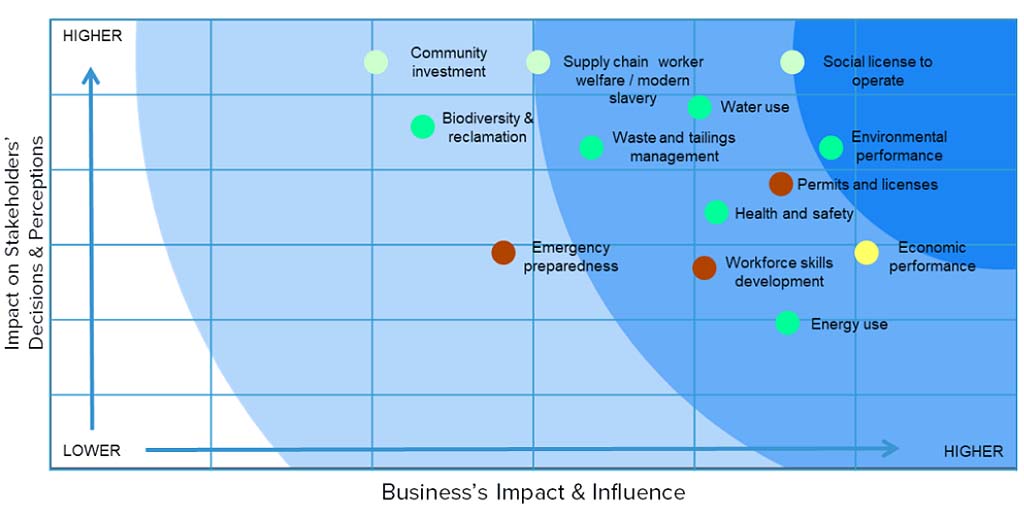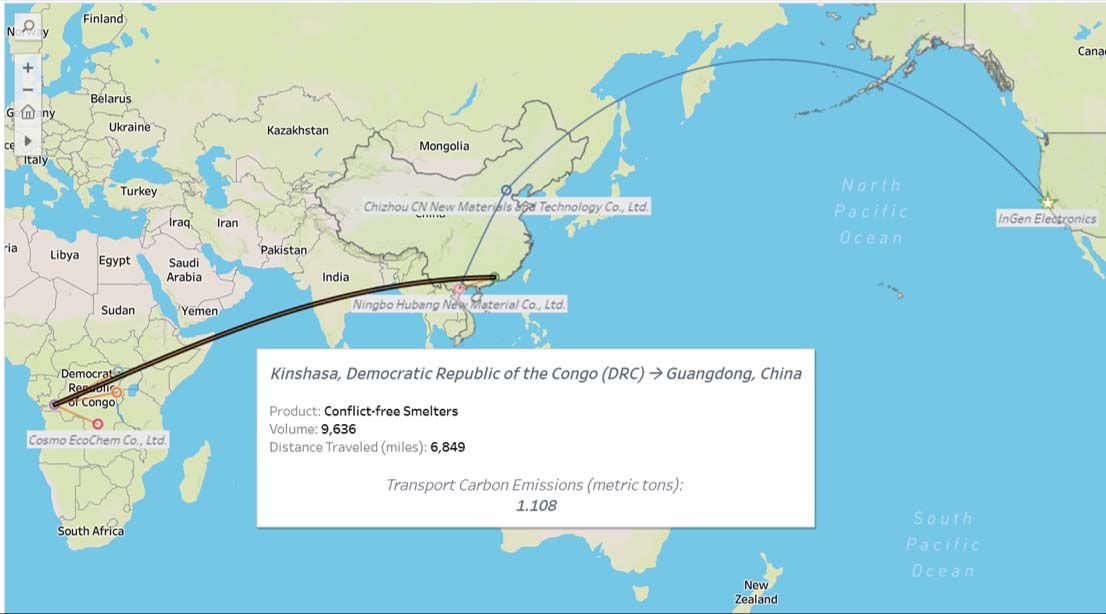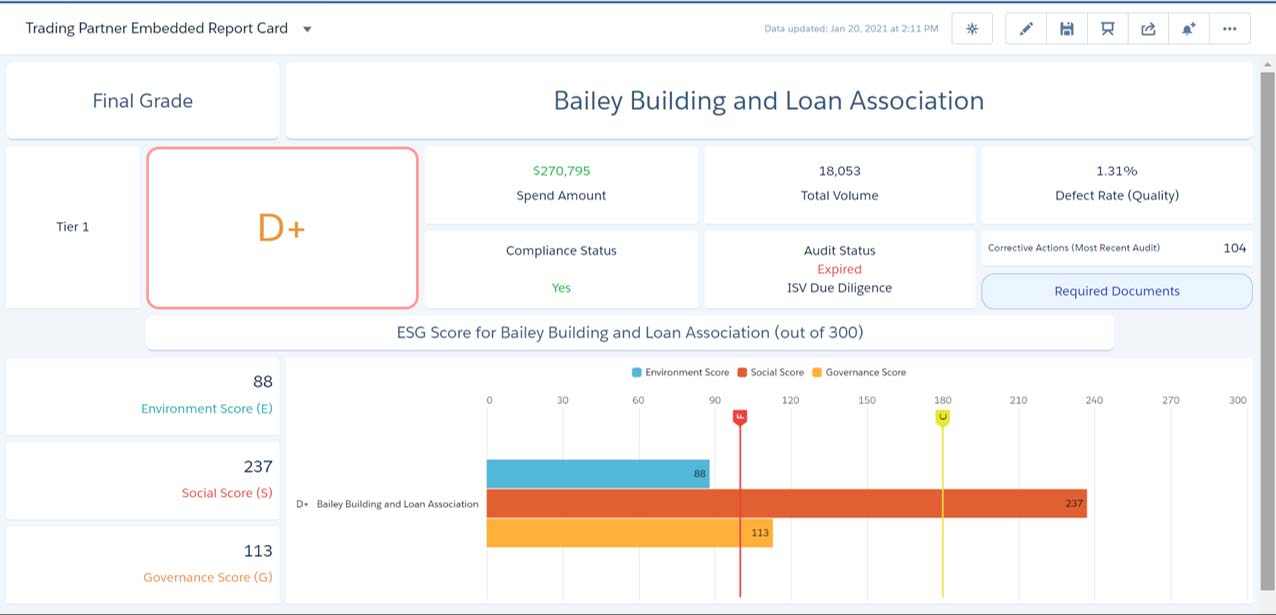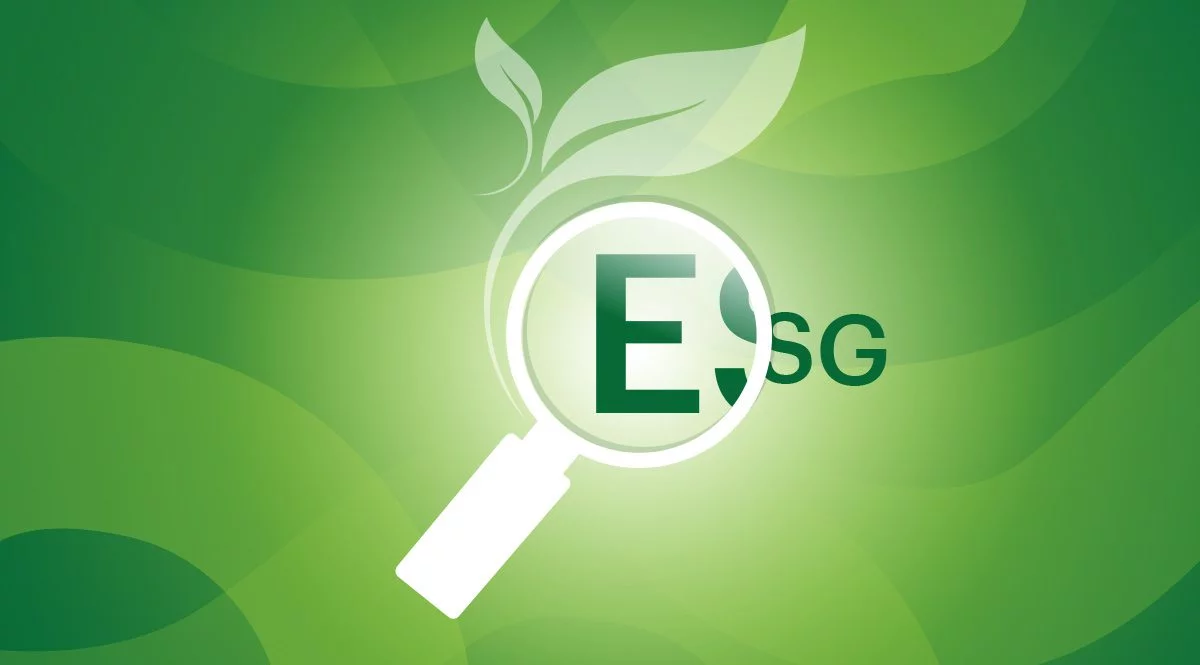The European Union is taking supply diligence obligations to far-reaching levels with a new law targeting large businesses.
The changes are in line with laws being passed on other territories. However, the EU’s new law dubbed – EU Directive on Mandatory Human Rights Environmental and Good Governance Due Diligence is more comprehensive than what has been seen before. It is expected to come into force within the next 24 months.
The aim of the law is to help shift from a voluntary regime in addressing the negative impact of global business operations.
According to the EU’s research findings, only one out of three businesses is doing enough with regards to due diligence in their supply chains. This then justifies the need to take a regulatory approach on the same.
New EU Supply Chain Law Requirements
The new law will affect large businesses with more than 250 employees, assets of above €43million, and turnover above €50million. And, it includes businesses offering financial services and products. Publicly listed institutions will also have to comply.
The law will require businesses to address potential threats to human rights, the environment, and good governance in their value chains. They must communicate their approach in a due diligence strategy document.
The bill goes further to expound on each of the three areas of due diligence-
- Human rights issues encompass trade union matters, labor rights, and social protection of vulnerable people.
- Environmental due diligence touches on handling of waste, use of natural resources, pollution, deforestation, and emissions.
- Good governance involves fighting corruption and undue influence.
Companies will have to take a closer look at all stages in their value chain. As such, they will have to verify that all their suppliers and subcontractors comply with regulations and ESG requirements.
What is Supply Chain Transparency?
The call for businesses to conduct due diligence in their value chain and report on the same is aimed at increasing supply chain transparency. While the concept has been around for a while, the competitiveness of a business today could very well hinge on it.
Today’s consumer is more ethically conscious compared to a decade ago. Transparency today means knowing and communicating supply chain operational details to stakeholders including customers and investors.
Businesses have traditionally been more open to supply chain visibility as opposed to transparency. Supply chain visibility focuses on analyzing the value chain so that management understands pain points for improvement.
Transparency, however, is done for external reporting. It can be a time-consuming and costly endeavor that can uncover issues which expose the business to criticism.
However, when done right the potential benefits easily outweigh the concerns.
The Benefits of Supply Chain Transparency for Your Business
What are the benefits of increased supply chain transparency? Here are a few of the biggest value drivers:
Customer Assurance
- Consumers today want to know how the products they purchase are made.
- In some categories – such as food and personal care products – there is a desire for detailed information and proof that material sourcing practices do not harm the environment or communities.
- By collecting and sharing transparency information, a business can address social, religious, ethical, and environmental concerns and enable customers to make informed choices.
Brand Loyalty
- Sharing information with customers is a key for building trust and loyalty in your product.
- Transparency helps consumers to make informed choices.
- If a brand’s values and sourcing practices are acceptable to a consumer, the consumer becomes loyal to the brand because it aligns with their values.
- 75% of consumers between the ages of 18 – 40 will pay more for products that align with their values according to Nielsen, a global marketing research firm.
Greater Impact
- When a brand commits itself to upholding sustainable development goals throughout its value chain, it must consider the human and labor rights practices, ethnic and gender diversity and inclusion, environmental consciousness, and governance systems of its suppliers.
- By communicating the brand’s expectations, and working with businesses that share similar values there is an opportunity to build partnerships to achieve more than the brand can on its own.
- Partnerships in the supply chain open opportunities to drive continuous improvement to increase quality control, compliance, operational efficiency, and reach goals for energy use and environmental sustainability, and social welfare.
- By providing timely feedback and performance benchmarks to its suppliers, a brand can provide an incentive for greater collaboration and reduce its exposure to risks.
How to Improve Supply Chain Transparency
1. Identify risks & set goals
The first step includes identifying risks to the business. Materiality, as it’s called, is a measure of the impact on the business’s financial or operating performance and the priorities of internal and external stakeholders
Below is a picture of a materiality matrix for a mining company. A materiality matrix can be used to help communicate the importance of each topic to everyone involved.

Once the materiality issues are understood, a business can develop goals to reduce risk and drive performance.
2. Visualize your value chain
The next step is to set up a graphic depiction of the value chain to enable understanding and analysis to support decision making.
Businesses that can visualize their end to end value chain will gain a deeper understanding of goods / material flows, identify supplier concentration and location based risks, track transport carbon, and expose any information gaps.

The image above depicts the end to end value chain for an electric vehicle battery beginning with artisanal cobalt mines and ending with the vehicle assembly site.
Supply chain mapping has been important for brands and industries, such as apparel, and food manufacturing, that have experienced issues in the value chain in the past.
3. Collect & manage information
To map the value chain, businesses must collect and consolidate data on transactions, practices and performance of their trading partners and the products that flow between them.
There is effort, and cost, involved. However, the value the data provides is insight to avoid potential risks, and opportunities for improvement that far outweigh the cost.
Businesses are increasingly turning to their partners to ensure compliance with all requirements and as a source of complete and accurate information to enable value chain transparency.
Platform based software tools are needed to collect and manage supply chain data because the amount of data is greater than humans can manage unaided.
These applications enable visualization of the value chain, flagging of any issues / potential issues, the corrective and preventive action (CAPA) process, and stakeholder collaboration.
4. Engage with stakeholders
Equipped with information and insight, the business can engage with its diverse set of stakeholders. This can include programs to increase supplier performance, achieving ESG targets, proactive investor relations management, and community outreach.
For suppliers, vendors, and contract manufacturers, etc. businesses should develop scorecards to track performance metrics and benchmark among category peers. When properly done, scorecards reveal high-risk suppliers and low performers, and support real-time monitoring to mitigate risk exposure.

5. Report & disclose
To comply with regulations and investor requirements, companies must develop their non-financial reporting capabilities. This can include deciding how to meet regulatory requirements and stakeholder demands for insight and information, and how critical information will be verified.
There is effort and cost to develop reporting capabilities. But, the benefits are significant. This is because, frequently, reporting is an annual exercise and by the time reports are available the data in them is old and no longer accurate.
Gaining supply chain transparency as outlined in these steps enables sharing more up to date information which can have a material impact on access to investors and the cost of capital.
No time to waste
Countries are moving to implement laws requiring businesses to take more proactive approaches to ensuring transparency in their supply chains.
The steps described here are continuous because supply chains and risks change. Getting and maintaining supply chain transparency is very much an active process.
But, the benefits of supply chain transparency are measured in reduced risk, enhanced engagement and increased productivity.




